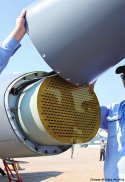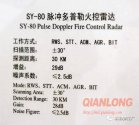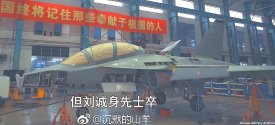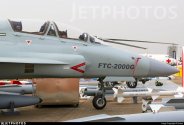Uruguayan here.L-15 for Uruguay:
I've been searching for any references to this possible sale on this forum and haven't found much. A member of The forum mentioned in 2020 that Uruguay operated Chinese transport aircraft this is incorrect - Uruguay operates a mixed fleet of CASA Aviocars and C-130 tactical transports.
The possibility of L-15s to replace the A-37 light strike aircraft is very much alive and well.
Relations with China are good more than half of the covid vaccination effort has been with sinovac vaccine, commercial relations remain strong and the Uruguayan president is planning a visit to China later this year. There has been lots of speculation on Military forum in Uruguay about whether that would be the occasion for announcing purchase of L-15.
The Uruguayan Air force is looking to enhance the capabilities of its combat squadron by replacing the dragonflies with a supersonic aircraft equipped with a multi-mode radar the reason for this is that the aircraft is required to operate as an interceptor against elicit drug carrying aircraft Crossing Uruguayan airspace from Brazil and Argentina.
The L-15 remains very much a contender however exactly what radar could be fitted to an export L-15 remains unclear as far as I can tell and it is a non-negotiable requirement of the Uruguayan Air force.
I'd be interested in hearing any thoughts for members may have on this. The selection of the new combat aircraft was slowed down by the pandemic but is very much ongoing I would expect a decision to be made later this year when the pandemic situation in Uruguay improves further.
I took my second dose of Sinovac a couple of weeks ago.
Air Force bought a couple of old Spanish C-130 and some people just turned crazy.
Armed forces aren't beloved here.
But we really need something better than the dragonflies to intercept drug smuggling.




